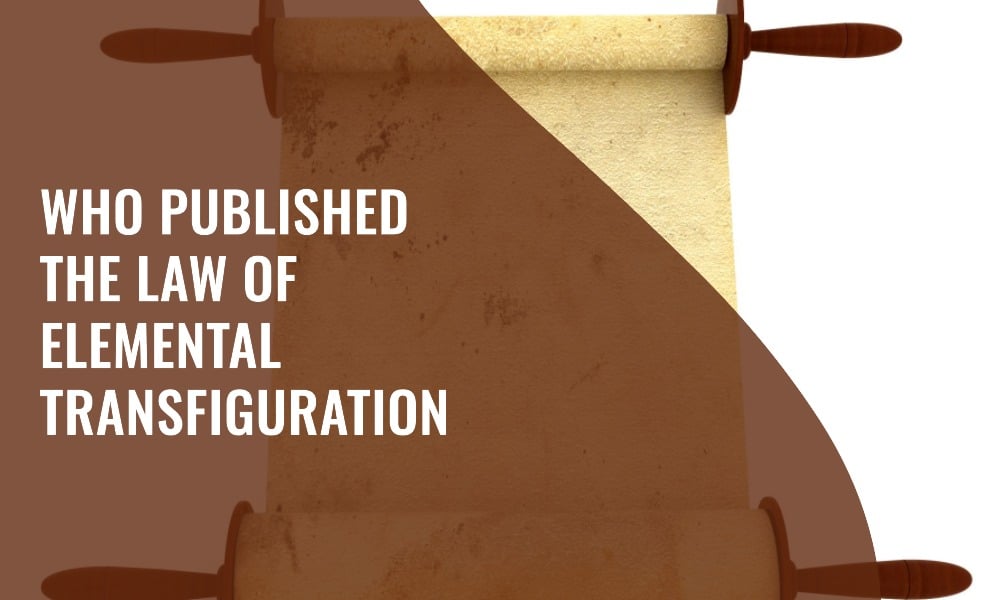Introduction
The Law of Elemental Transfiguration, a cornerstone concept in the realms of mysticism, alchemy, and certain esoteric sciences, has intrigued scholars and enthusiasts for ages. Its publication history is as mysterious as the law itself, which speaks to the transformation of elements through mystical or metaphysical means. This blog post aims to explore the depths of this mystery and reveal the identity of the publisher behind this enigmatic law.
1. The Law of Elemental Transfiguration: An Overview
Before delving into its publication history, it’s crucial to understand what the Law of Elemental Transfiguration entails. This law suggests that it’s possible to transmute one element into another through non-physical means, a concept that has roots in ancient alchemy and has been referenced in various mystical traditions. Its implications are vast, touching upon the boundaries between science, magic, and philosophy.
2. Historical Context and Origins
The origins of the Law of Elemental Transfiguration are steeped in history, with ties to alchemical texts and ancient mystical teachings. Its first documented mentions date back to medieval alchemical manuscripts, although the concept itself may be far older, possibly originating in lost civilizations or ancient oral traditions.
3. The Search for the Publisher
Identifying the original publisher of the Law of Elemental Transfiguration is a challenge. The law’s earliest written accounts are found in fragmented manuscripts and cryptic texts, making it difficult to pinpoint a single publisher. However, it is widely believed that the law was first formalized in written form by alchemists or mystics of the medieval period.
4. Influential Figures and Possible Publishers
Several key figures in the history of alchemy and mysticism have been associated with the Law of Elemental Transfiguration. These include legendary alchemists like Hermes Trismegistus, purported to be a wise sage who authored the Hermetic Corpus, and medieval figures like Albertus Magnus and Paracelsus, both of whom delved deeply into the study of alchemy and the transmutation of elements.
5. Modern Interpretations and Publications
In modern times, the Law of Elemental Transfiguration has been revisited and published in various forms, from academic treatises to works of esoteric philosophy. Contemporary authors and scholars have reinterpreted the law, often blending ancient wisdom with modern scientific understanding.
6. The Continuing Mystery
Despite extensive research and exploration, the mystery surrounding the original publication of the Law of Elemental Transfiguration persists. This enduring enigma continues to captivate those interested in the intersections of science, mysticism, and history.
Conclusion
The Law of Elemental Transfiguration remains a fascinating subject, with its publication history being as elusive as the law itself. Whether viewed through the lens of historical alchemy, mystical philosophy, or modern reinterpretation, it continues to offer a rich field of exploration for the curious mind.
FAQs
Q: Is the Law of Elemental Transfiguration considered scientific?
A: While it has historical significance, this law is not recognized in modern science and remains within the realms of mysticism and alchemy.
Q: Can the Law of Elemental Transfiguration be proven?
A: There is no empirical evidence to support the law as it is understood in alchemical and mystical traditions.
Q: Are there any modern books or articles about the Law of Elemental Transfiguration?
A: Yes, there are modern interpretations and discussions of the law in various books and articles focusing on esoteric philosophy and the history of alchemy.

